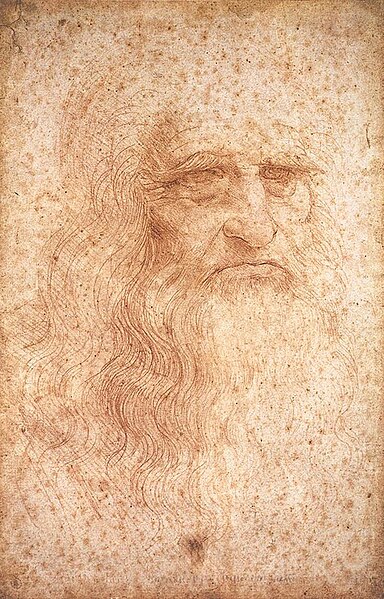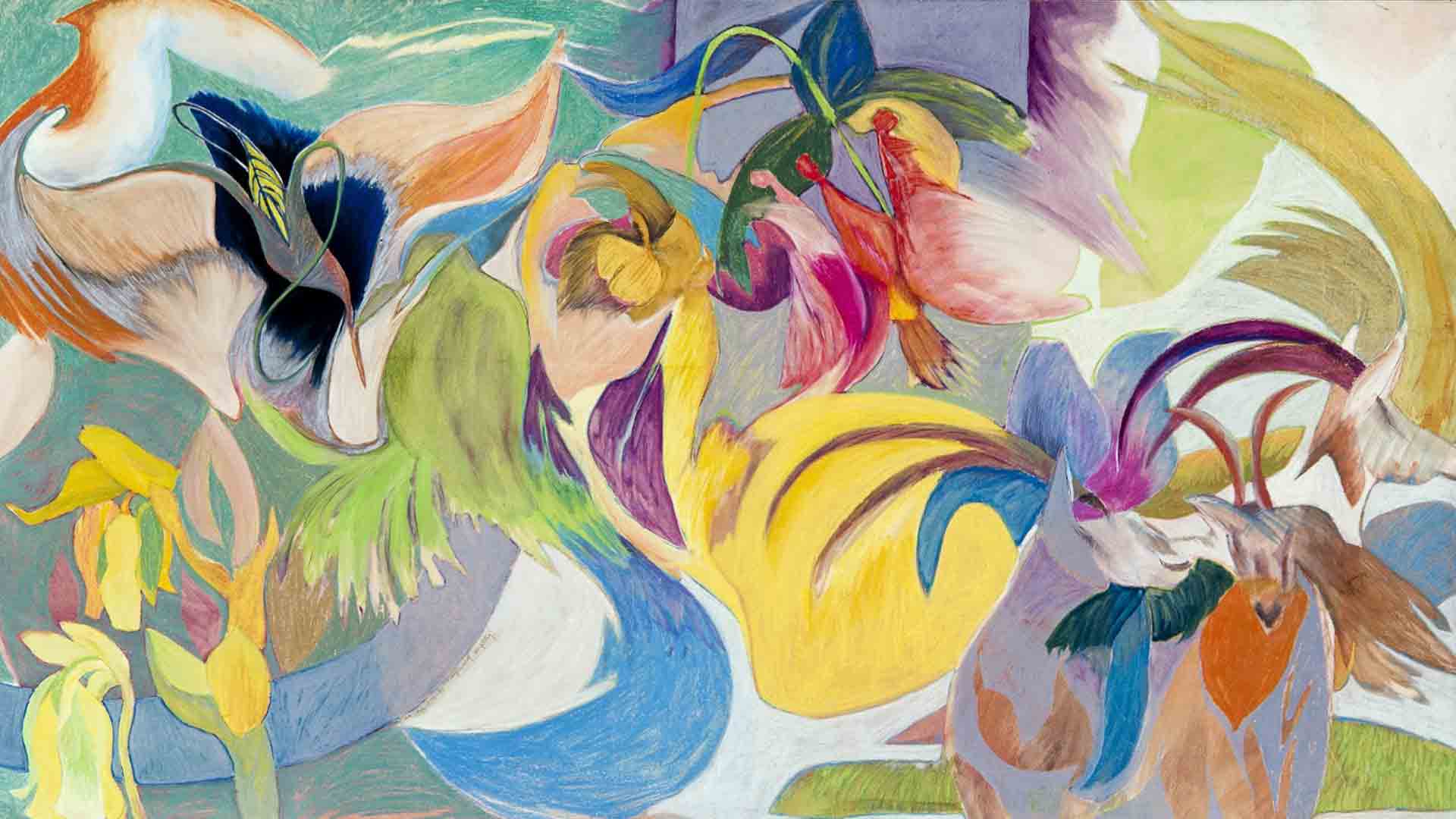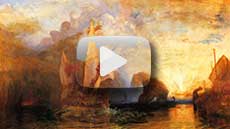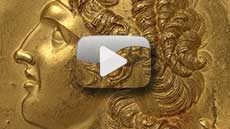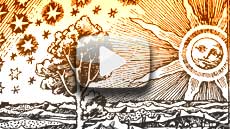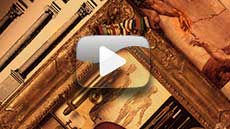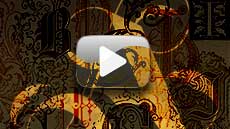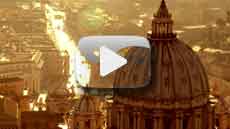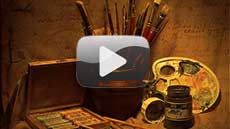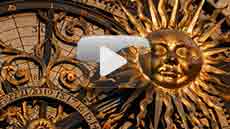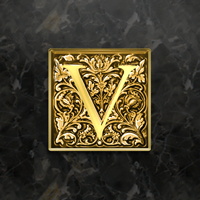Media
Drawing Media
(plural for medium) is a material
used by an artist to create...—

Common Drawing Media:
Pastel, Oil pastel, Charcoal, *Graphite Pencils,
Colored pencil, Conté, Crayon, Marker, Pen and Ink, India ink,
Technical pen, Sanguine, Pencil
Common Bases for Drawing:
Canvas, *Paper (most common base for drawing)
Sketchbook, Tracing Paper, Plaster, Metal
Walls (typically for murals) Wood
Other Drawing Equipment:
Compass, Eraser,
*Kneaded Eraser, *Eraser Shield
Drawing Board, Fixative, French Curve, Protractor,
*Ruler, Rolling Ruler, Stencil, *Stump...
—

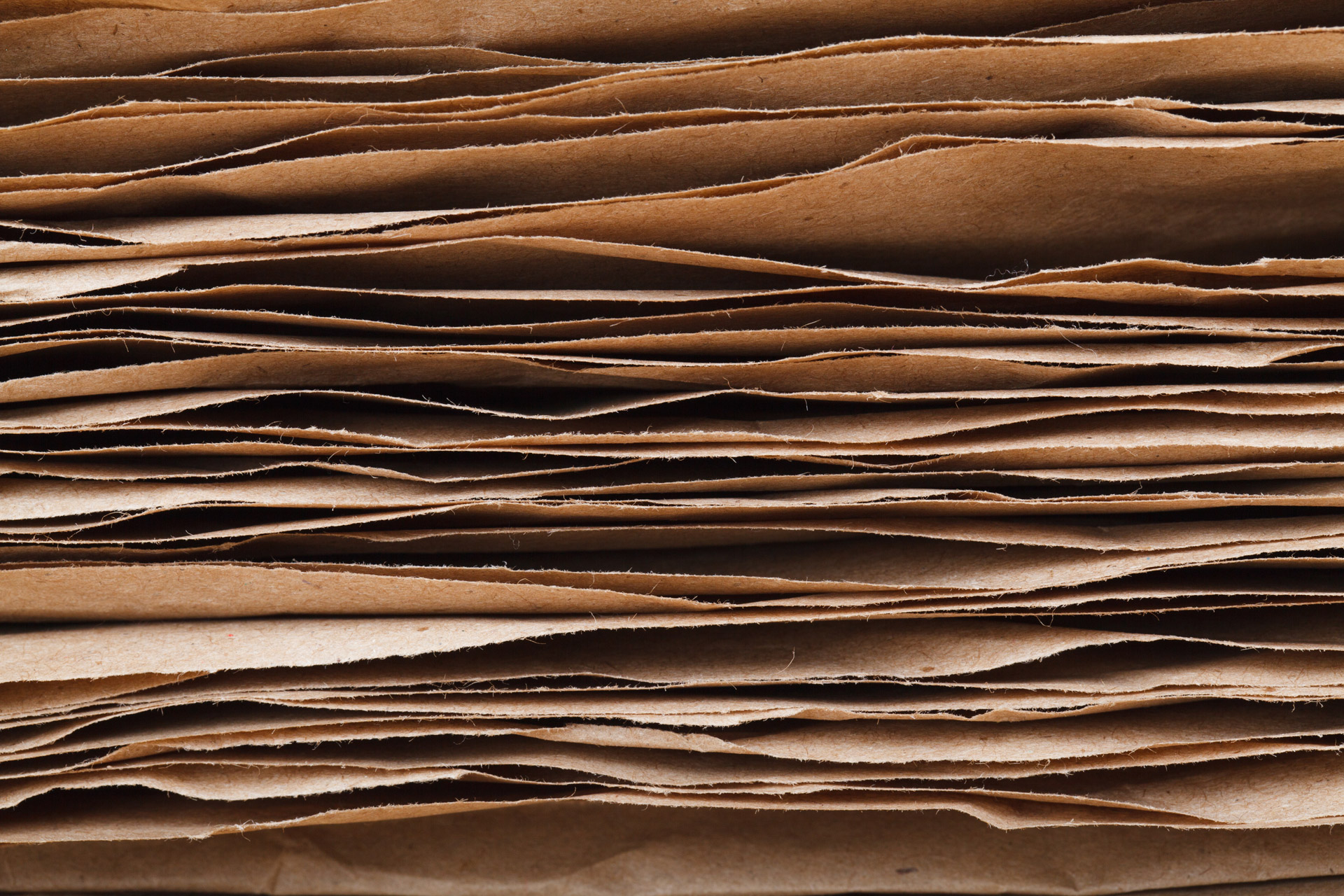
Paper
Paper │
is a thin material produced by
pressing together moist fibres
of cellulose pulp derived from
wood, rags or grasses, and
drying them into flexible sheets.
Paper is thin nonwoven material traditionally made
from a combination of milled plant and textile fibres.
It is primarily used for writing, artwork, and packaging;
it is commonly white...
—
Paper History
How Paper Is Made (20:08) China Uncensored
History of Paper │
The first ancient paper-like plant based sheet
to be used for writing and drawing was papyrus in Egypt (4th Century BC).
The first actual plant-puree-conglomerate
(a large improvement from papyrus, closer to modern paper)
based papermaking process was documented in
China during the Eastern Han period (25–220 CE)
traditionally attributed to the court official Cai Lun...
—
Commercial Paper
Paper Pulp │ HowStuffWorks? (2:57)
Paper Mills │
...In the 2nd half of the 20th century
cheaper acid-free paper based on wood was developed,
and it was used for hardback and trade paperback books.
However, paper that has not been de-acidified was still cheaper,
and remains in use (2020) for mass-market paperback books,
newspapers, and in underdeveloped countries...
—
Paper Selection
Selecting Art Paper (2:14)
It's important to know that the paper you choose can have a major influence on your artwork. Hilary explains various paper terminology and how these can affect the outcome of your work. —Bick Art Naterials
Drawing Paper
comes in a variety of different sizes and qualities,
ranging from newspaper grade up to high quality and
relatively expensive paper sold as individual sheets.
Papers vary in texture, hue, acidity, and strength when wet.
Smooth paper is good for rendering fine detail,
but a more "toothy" paper holds the drawing material better.
Thus a coarser material is useful for producing deeper contrast...
—
Types, Thickness and Weight │
The thickness of paper is often measured by caliper,
which is typically given in thousandths of an inch in the United States
and in micrometres (µm) in the rest of the world.
Paper may be between 0.07 and 0.18 millimetres (0.0028 and 0.0071 in) thick...
—
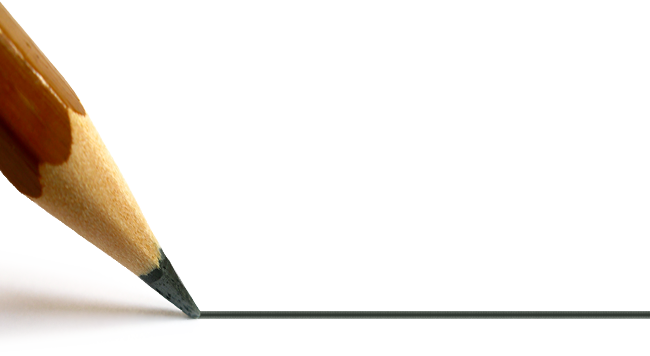
Pencils
Pencil │ A pencil is an implement for writing
or drawing constructed of a narrow,
solid pigment core inside
a protective casing which prevents
the core from being broken and/or
from leaving marks on the user’s hand during use.
Pencils create marks by physical abrasion,
leaving behind a trail of solid core material
that adheres to a sheet of paper or other surface.
They are distinct from pens,
which instead dispense liquid or gel ink
onto the surface being marked...
—
Pencil History
History of the Pencil (4:03) Utterly Amazing - The Web Series
History of the Pencil
Pencil, from Old French pincel,
from Latin penicillus a "little tail"
originally referred to an artist's
fine brush of camel hair,
also used for writing before
modern lead or chalk pencils.
Though the archetypal pencil was an artist's brush,
the stylus, a thin metal stick
used for scratching in papyrus or wax tablets,
was used extensively by the Romans and for palm-leaf manuscripts.
Discovery of graphite deposit...
—
Holding the Pencil (8:07)
